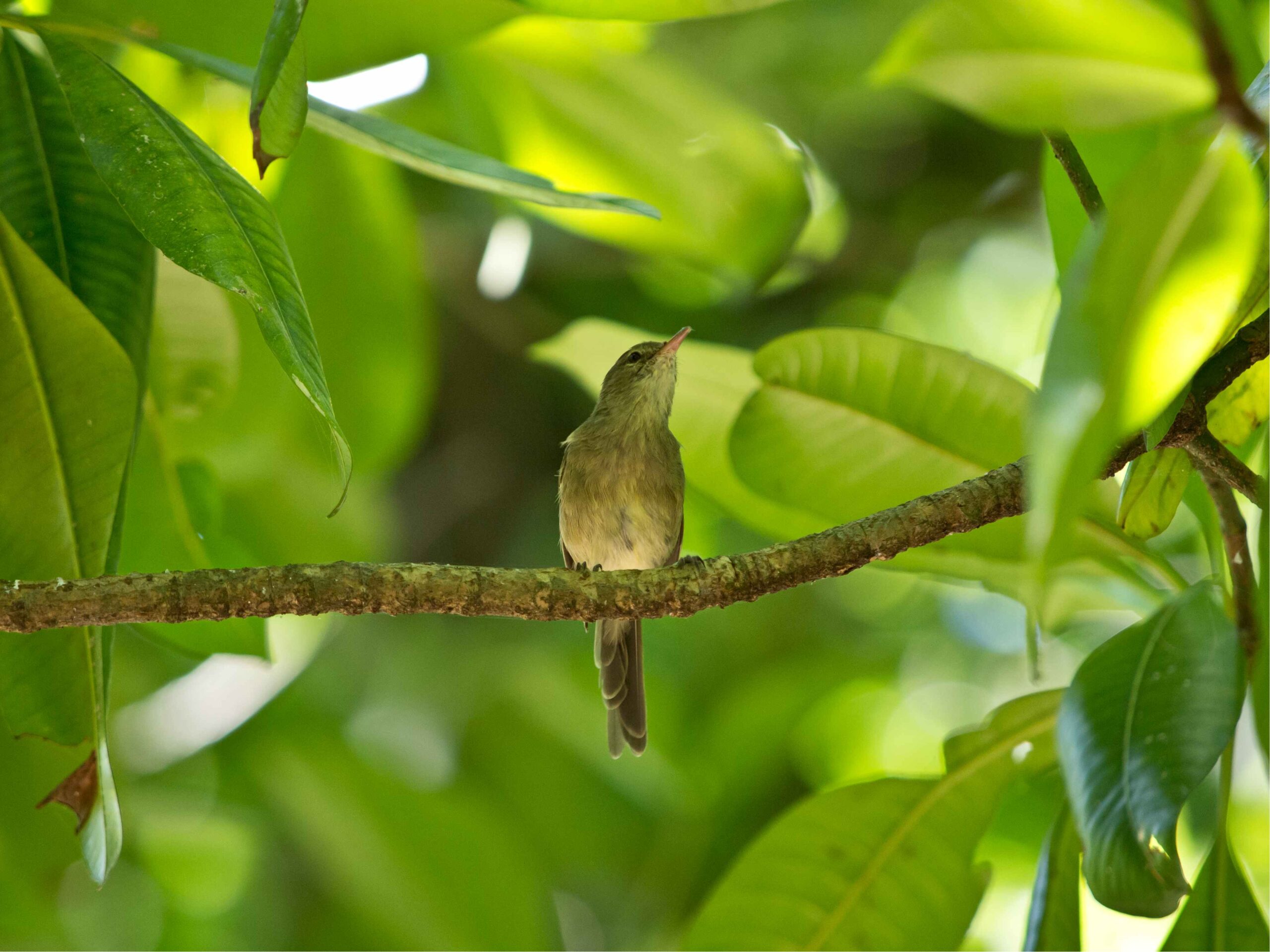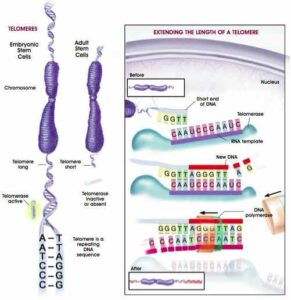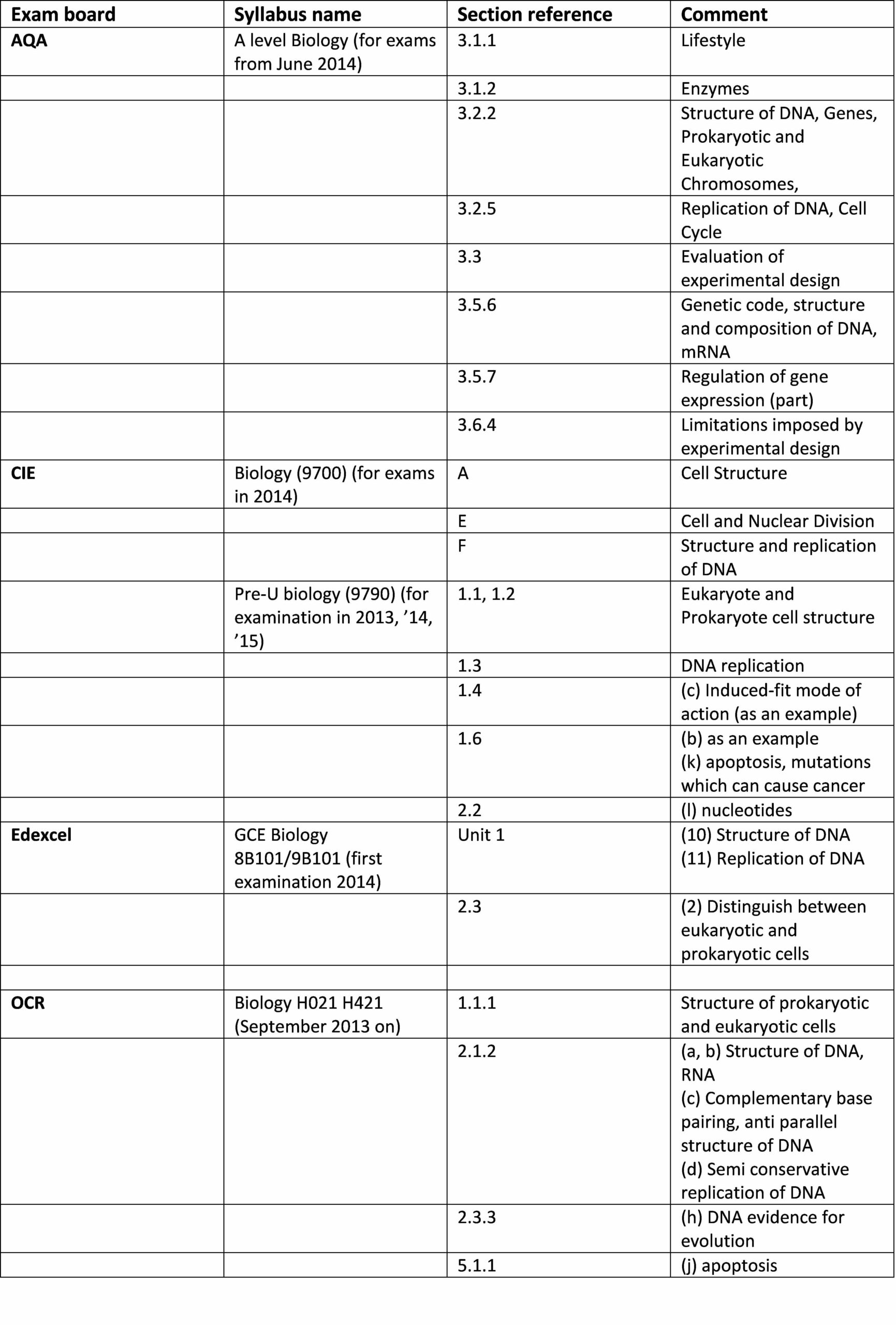In the previous posting we looked at the life and programmed death of cells. In this we were particularly interested in the role of the ends of chromosomes of eukaryotic cells. These ends called Telomeres appear to have little if any inheritable genetic function but rather are concerned with preserving the terminal part of the DNA strand running through the chromosome.
It is interesting that the problem of telomere reduction only occurs in eukaryotic cells, this is because of the simple reason that prokaryotic cells have their DNA arranged as a single loop chromosome, thus not needing telomeres at all! The price we all pay for flashy chromosomes is mortality!
Work by David Richardson of the University of East Anglia has shown that the length of telomeres is an indication of the lifespan of the Seychelles Warbler, “We found that rapid shortening telomeres were a good indication that the bird would die within a year,” he said.

He also found that birds with longer telomeres had longer lifespans and that there appeared to be a link between rate of telomere shortening and the amount of biological stress that had occurred during a bird’s lifetime. He selected the Seychelles Warbler for this study because these birds have no natural predators and very seldom migrate. Studies in mice too seem to support the conclusion that telomere length is a good indicator of remaining lifespan. Mice with blocked telomerase production aged much more quickly, others with the block removed seemed to restore normal body function and lifespan.
Seemingly convenient in our search for immortality, is the action of the enzyme Telomerase, a ribonucleoprotein that adds DNA to telomeres. The sequence for all vertebrates is TTAGGG and repeating units of this sequence are added to the 3’ end of DNA strands in the telomere region. The new telomere material replaces that lost during cell division. This “get out of jail free” card comes with certain risks however, activated telomerase activity has been found in about 90% of human tumours, thus making obvious the risk of its use. Here is a useful diagram of the position of telomeres and a sequence showing the action of the telomerase enzyme. Note the nucleotide sequence shown on the enzyme and its role in catalysing the new extension to the telomere:
(© 2001 Terese Winslow)
Now try these questions (these apply to this and the previous posting)
- Summarise the role of telomeres
- What is the evidence for an association between telomere length and cell survival?
- Can you build a case to doubt the conclusions of the research apparently relating telomere length to longevity of the Seychelles Warbler? Do similar objections stand against the experimental method used in the mouse study mentioned above?
- Why should we expect a relationship to exist between telomerase and cancer growth?
- What is significant about the structure of telomerase in relation to the “lock and key” model for enzyme activity?
- From this article it seems that there are significant problems with the eukaryotic cell. Can you summarise the problems, suggest an improved model and give reasons for evolution to move to a eukaryotic cell structure rather than continue to use, what appears to be, a more stable prokaryotic cell plan?
- What is significant about the shared nucleotide sequence of the telomeres of all vertebrates?
Reading around the subject
- This is the original article from the University of California which, as well as going over that mentioned above, also looks at current ideas on preserving telomere structure or possibly reversing its damage: http://knowyourtelomeres.com/Home.html
- This interesting article tackles inhibition of telomerase as a method of reducing the growth of cancer: http://researchnews.osu.edu/archive/canazt.htm
- Much of this article relates to a research study, but the initial paragraph and its accompanying diagram will be useful. Even if you only scan through, it’s useful to look through a scientific paper and get used to the language and the way it is set out: http://www.sciencedirect.com/science/article/pii/S1097276510004442
Some examples of syllabus content for which the above exercise is relevant:
In the next post we will have a look at immunity and its relevance to the prevention of cancer.
Sphenodon
* Photograph of the Seychelles Warbler, Acrocephalus sechellensis, by Christian Hauzar, taken on 16/10/12 and published in Wikipedia (http://en.wikipedia.org/wiki/Seychelles_Warbler). I, the copyright holder of this work, hereby publish it under the following license:





